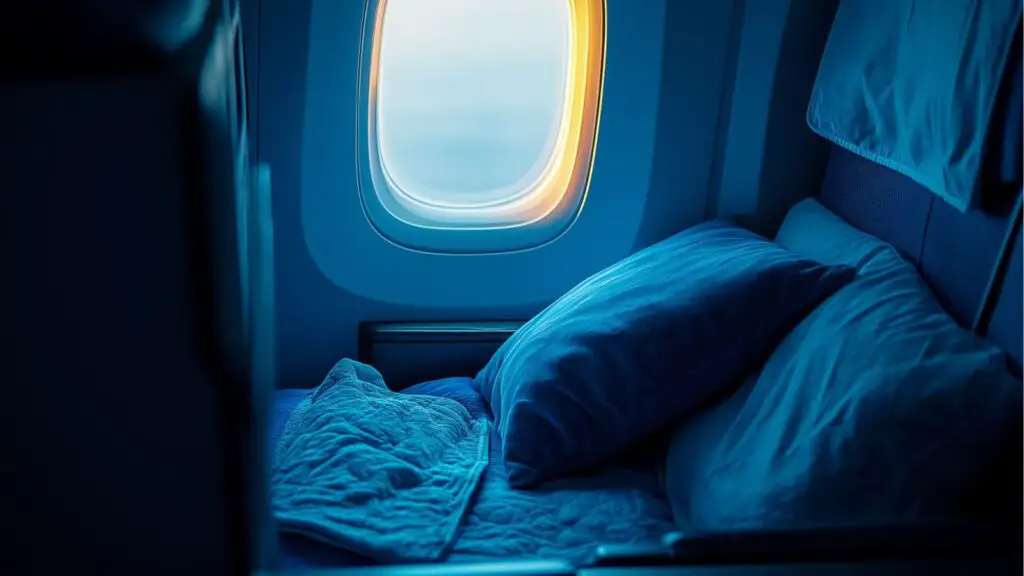10 Proven Long-Haul Flight Tips Every Traveler Needs to Know
Table of Contents
Introduction
Long-haul flights—defined as flights lasting 6+ hours—can test even the most seasoned travelers. Between cramped seats, dry cabin air, jet lag, and disrupted sleep, it’s no wonder that over 60% of international flyers report arriving at their destination feeling exhausted, irritable, or sick.
But it doesn’t have to be this way.
With the right strategies, you can not only survive a long-haul flight—you can arrive refreshed and ready to explore. Whether you’re flying to Tokyo, Paris, or Cape Town, this guide breaks down 10 essential tips that will transform your travel experience. From smart packing to sleep strategies and hydration hacks, these are the same techniques used by frequent flyers and travel pros alike.
Let’s turn your next 10+ hour journey from draining to delightful.
In-Depth Outline
1. Choose the Right Seat

- Book seats early for more options
- Use seat maps (like SeatGuru) to avoid problem areas
- Window vs. aisle: pick based on your travel style
- Avoid seats near restrooms or galleys for less traffic
Subsections:
- ✈️ Best Seats for Sleep and Space
- 🗺️ Seat Selection Tools and Strategies
Table: Seat Comparison by Preference
| Seat Type | Best For | Drawbacks |
| Window | Sleeping, less traffic | Harder access to lavatory |
| Aisle | Frequent movement | Risk of bumping, distractions |
| Exit Row | Extra legroom | Often near galleys, no recline |
2. Dress Comfortably and in Layers
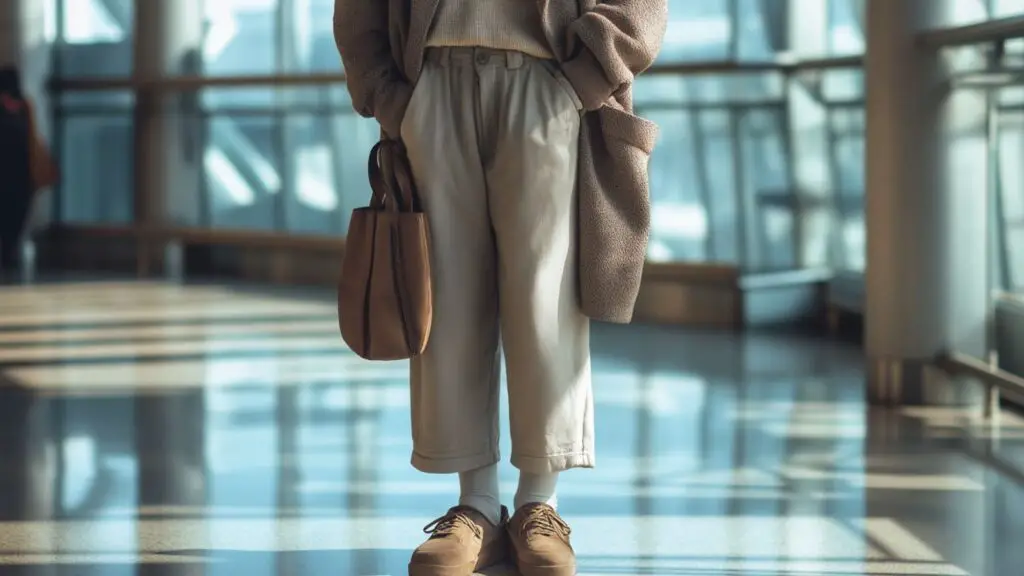
- Wear breathable fabrics like cotton or bamboo
- Avoid tight waistbands or heavy accessories
- Bring a cozy scarf or travel blanket
- Compression socks help reduce swelling
Subsections:
- 👕 Best Fabrics for Long-Haul Comfort
- 🧦 The Benefits of Compression Gear
Table: Clothing Essentials Checklist
| Item | Purpose |
| Compression socks | Improve circulation |
| Hoodie/Scarf | Adjustable warmth |
| Slip-on shoes | Easy for security & comfort |
3. Stay Hydrated and Skip Alcohol

- Drink 8 oz of water every hour
- Bring a refillable bottle (collapsible options save space)
- Avoid salty snacks and alcohol—they dehydrate
- Herbal teas (e.g. chamomile) can calm the system
Subsections:
- 💧 Hydration Plan for Flights Over 8 Hours
- 🥂 Why You Should Avoid In-Flight Alcohol
Table: Beverages to Choose and Avoid
| Drink Type | Effect on Body | Recommendation |
| Water | Hydrating | ✅ Yes |
| Alcohol | Dehydrates, disrupts sleep | ❌ Avoid |
| Herbal tea | Calming, gentle hydration | ✅ Yes |
| Coffee | Diuretic, stimulant | ⚠️ Limit |
4. Pack an In-Flight Essentials Kit
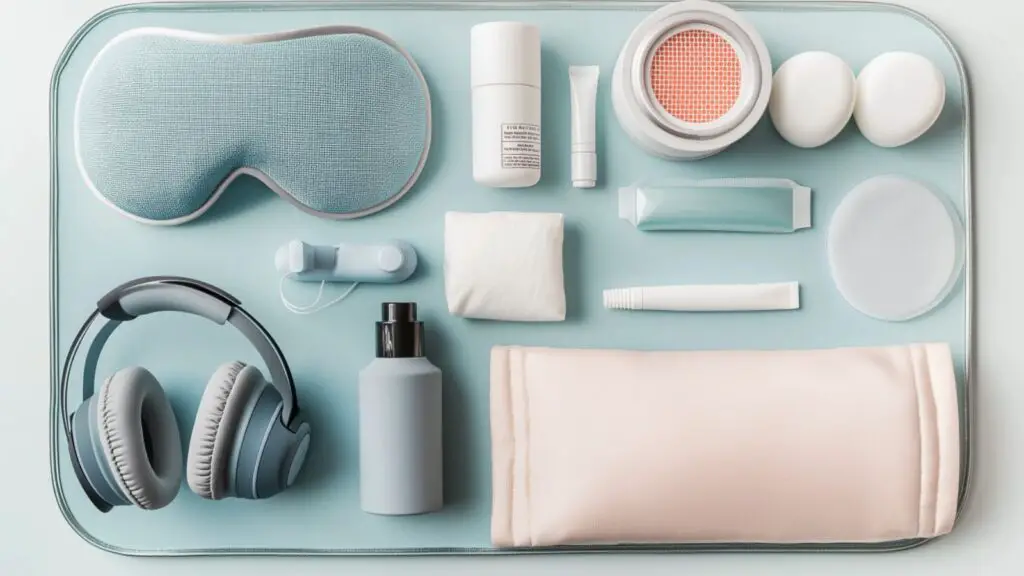
- Include earplugs, sleep mask, lip balm, moisturizer, toothbrush
- Noise-canceling headphones improve sleep and reduce stress
- Eye drops combat dry cabin air
- Bring snacks to avoid reliance on limited meal service
Subsections:
- 🎧 Top 5 Must-Have Gadgets for Comfort
- 🎒 DIY Amenity Kit Checklist
Table: Sample Essentials Kit
| Item | Why It Helps |
| Sleep mask & earplugs | Better sleep in bright/noisy cabin |
| Lip balm/moisturizer | Prevent dry skin & lips |
| Reusable utensils | Helpful for snacks, eco-friendly |
5. Follow a Sleep Strategy

- Adjust your sleep schedule before the flight
- Use melatonin (consult your doctor first)
- Avoid screens an hour before sleep
- Bring a travel pillow designed for neck support
Subsections:
- 🛏️ How to Sync with Your Destination Time Zone
- 🧠 Sleep Aids and Natural Alternatives
Table: Travel Pillow Comparison
| Type | Pros | Cons |
| U-shaped memory foam | Neck support, compact | Bulky for some travelers |
| Wrap-around style | Full head support | May look odd, warmer |
| Inflatable | Space-saving | Less comfortable |
6. Move Regularly to Avoid Stiffness
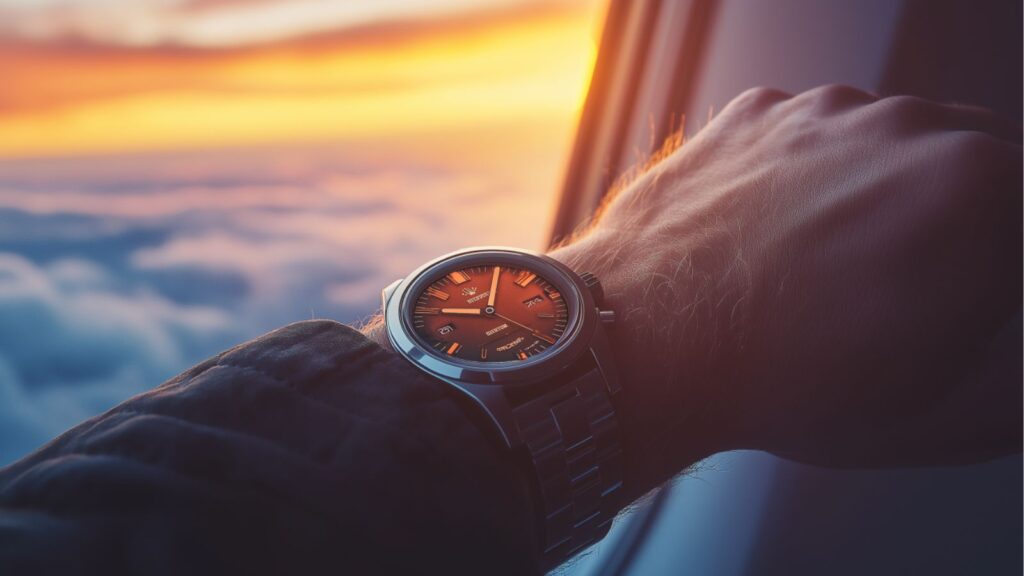
- Stretch every 2 hours: neck rolls, ankle circles, short walks
- Do seated exercises like shoulder rolls and leg lifts
- Wear compression socks to prevent swelling and DVT
Subsections:
- 🧘 In-Seat Exercises That Actually Work
- 🚶 Stretching Guide for Long-Haul Flights
7. Manage Jet Lag Proactively
- Start adjusting sleep 2–3 days before flying
- Get sunlight upon arrival to reset your internal clock
- Use apps like Timeshifter to build a custom plan
Subsections:
- ⏰ Jet Lag Recovery Timeline
- 🌞 Using Light Exposure to Your Advantage
8. Optimize Your Entertainment
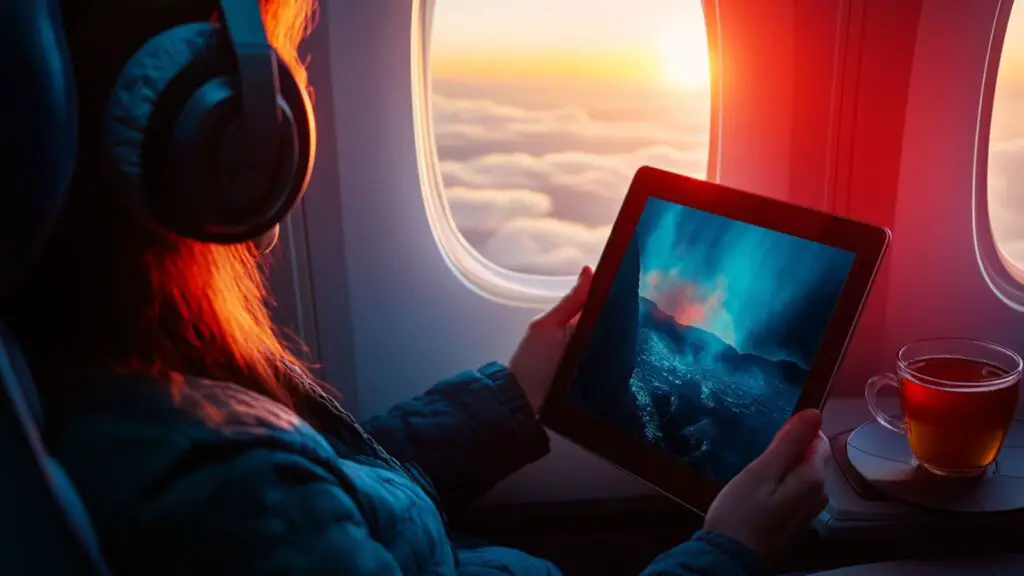
- Download shows, books, and music ahead of time
- Bring your own headphones for better quality
- Mix passive (movies) and active (games, puzzles) activities
Subsections:
- 📱 Top Travel Apps for Entertainment
- 🎮 Keeping Your Mind Engaged In-Flight
Detailed Content Expansion
1. Choose the Right Seat
Choosing the right seat isn’t just about preference—it can drastically improve your comfort and even your health during a long-haul flight. A poor seat choice can lead to disrupted sleep, poor circulation, and a cramped experience.
Start by booking early to secure prime seat options. Tools like SeatGuru offer color-coded maps that flag bad seats (like those with limited recline or proximity to noisy areas). For example, while exit rows offer extra legroom, they are sometimes near galleys or restrooms, which can increase foot traffic and noise.
Aisle vs. window: Aisle seats are best for passengers who move frequently or need regular restroom access. However, they expose you to being bumped by carts and other passengers. Window seats are ideal for sleep, giving you a wall to lean on and no interruptions.
When booking, avoid seats directly next to the lavatory or galley. These areas can be disruptive due to foot traffic, odors, and cabin lighting.
Table: Seat Comparison by Preference
| Seat Type | Best For | Drawbacks |
| Window | Sleeping, less traffic | Harder access to lavatory |
| Aisle | Frequent movement | Risk of bumping, distractions |
| Exit Row | Extra legroom | Often near galleys, no recline |
Tip: If you’re traveling as a couple, book the aisle and window in a row of three—chances are the middle seat remains empty, giving you bonus space.
3. Stay Hydrated and Skip Alcohol
One of the biggest enemies of long-haul travel is dehydration. The average airplane cabin has 10–20% humidity—much lower than what your body is used to. This can lead to fatigue, dry skin, headaches, and even worsened jet lag.
The best strategy? Drink 8 ounces of water every hour. Bring a refillable water bottle and fill it post-security. Some travelers opt for collapsible bottles to save space. Avoid relying solely on flight attendants, as beverage service can be infrequent on some routes.
Skip alcohol and limit caffeine. While tempting, alcohol acts as a diuretic and can disrupt your sleep cycle. Similarly, too much coffee increases dehydration and may heighten travel anxiety or restlessness.
Opt for herbal teas like chamomile or peppermint, which calm the digestive system and promote relaxation. Many long-haul flights carry these if you ask.
Table: Beverages to Choose and Avoid
| Drink Type | Effect on Body | Recommendation |
| Water | Hydrating | ✅ Yes |
| Alcohol | Dehydrates, disrupts sleep | ❌ Avoid |
| Herbal tea | Calming, gentle hydration | ✅ Yes |
| Coffee | Diuretic, stimulant | ⚠️ Limit |
Pro tip: Combine hydration with skincare. Use a face mist or light moisturizer during the flight to prevent your skin from drying out.
Conclusion
Surviving a long-haul flight doesn’t require luck—it takes a smart plan. From choosing the right seat to managing hydration, sleep, and movement, every choice you make contributes to a better travel experience. By applying these pro tips, you’ll reduce discomfort, prevent jet lag, and step off the plane ready to make the most of your destination.


